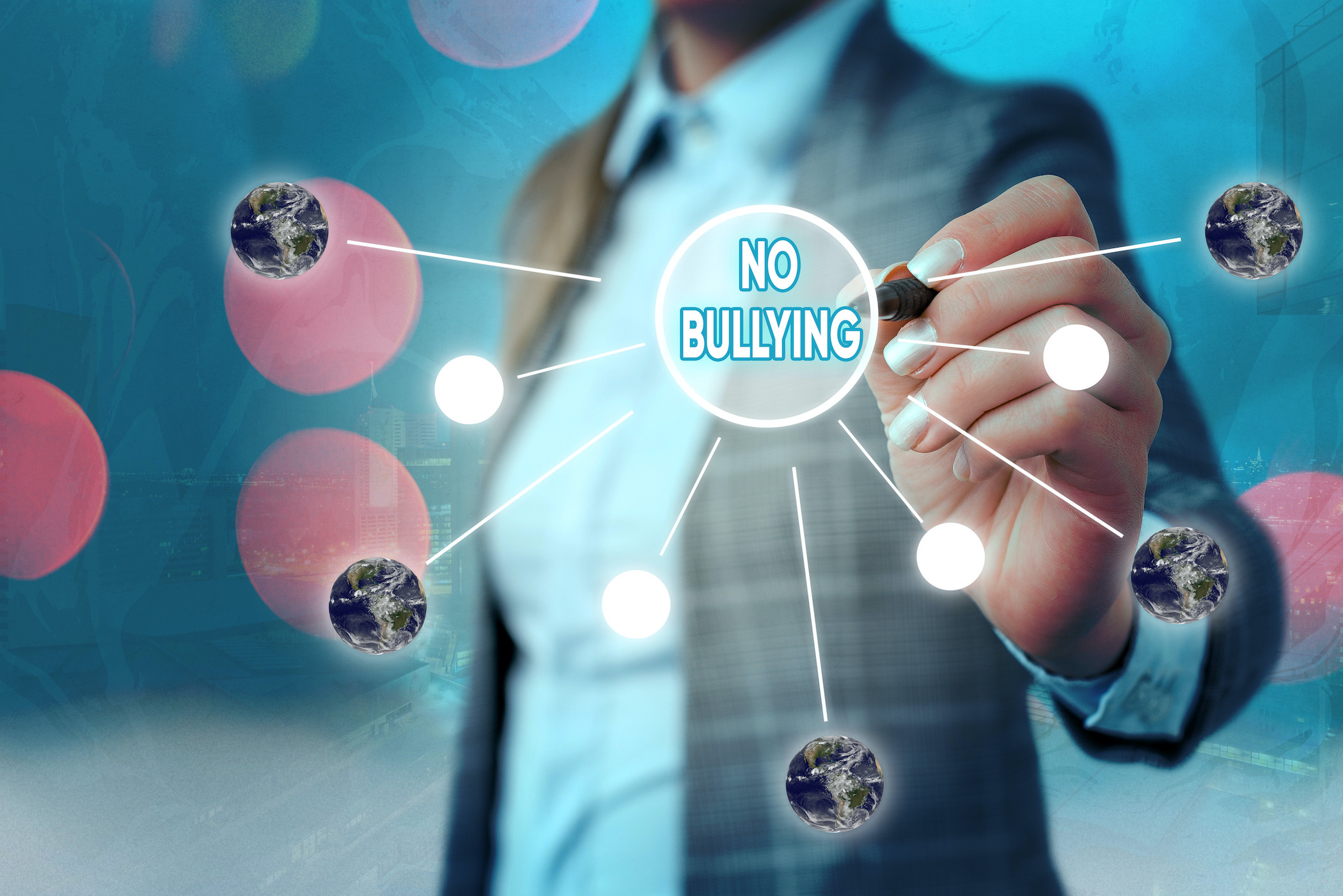This article is the second of two parts exploring bullying and its prevention strategies within the return to work in our current COVID-19 environment. In it, we draw on the perspectives of members from the newly formed Australian Association of Workplace Bullying Professionals.
In part 1, we explored what to be en garde for in relation to workplace bullying as we look towards the return to work under COVID-19. In this part, we look into some of the opportunities and strategies to prevent workplace bullying as we enter that phase.
What opportunities does return to work present in bullying prevention?
The pandemic has already provided us with future opportunities when it comes to technology and working from home.
Our expert panel believe that the pandemic also presents an opportunity to reset your workplace culture thereby preventing bullying. Workplace bullying psychologist, Evelyn Field, advises that isolation period is likely to have broken down existing workplace alliances that contribute to bullying. She suggests that “the relationships will be affected. If you’re working from home for three months, dealing with whatever you have to deal with, the allegiances are going to be a little more open. What we will have is people coming back to work, the teams are not going to be so entrenched.”
On the return, workplace bullying consultant, Nerio Baldini adds “It’s an ideal opportunity for managers to emphasise the need to have a respectful workplace. It is a clean sheet for managers to be able to say ‘everybody remember we insist on respectful behaviours, respectful communication.’ That clean start can be used very positively”.
Striking the balance in communication with employees
Preventing bullying in our return to work environment requires the basics of listening and good communication. In some workplaces during the pandemic, there has been a positive increase between employers and their teams. It’s important that this continues and that it’s not let fall by the wayside.
However, what does this mean given that it is likely that the return to work will involve a mix of working from home and working from an office location?
Our panel all agree on the value of different communication methods including video conferencing. However, it is important to strike a balance between video conferencing and face to face. Nerio states “Some of the non-visual cues you cannot get out of video. Body language is more than just from here up” indicating from his neck upwards.
Nerio adds that bullying claims can come from unintentional poor communicative behaviour and preventing them requires consciousness around this fact. “It’s not only the deliberate bullying, it’s the inadvertent bullying. If a proportion or a significant minority are working from home, they’re out of the loop [and] not around all the conversations in the office. The manager needs to work a bit harder to ensure they’re included in the information loops because it will take a bit more effort.”
For some employees, there may be a fear of not returning to the office and remaining in isolation. Psychologist, Alex Baldini talks of her experience with an employee who works in a large office based environment stating “She’s been told by her doctor that she should be the last to go back. She’s already feeling like ‘I’m going to be picked on because everybody else will be back before I am, and they’ll have the status quo, and I’m going to be on the back foot.’”
The many different scenarios for employees need to be considered and planned for. For example, some team members may have been employed during the pandemic and may never have met their colleagues in person. How will you introduce them into the physical fold?
The role of managers
As was mentioned in the part 1, managers have an important part to play in preventing bullying in the return to work environment.
Evenlyn states that in this environment “managers have to manage”. They need to ensure the communication is maintained and gaining regular feedback from employees as to their concerns. Management accountability in creating a positive and inclusive environment is vital.
However, to do this effectively managers equally need to have the support themselves. Many executives and managers have been struggling with the stress and anxiety of business continuity, keeping their employees employed and, in some cases, keeping the company afloat.
Alex raised the question “if they are absorbed with their economic worries, are they going to handle the people [effectively]?” She suggests that managers need to “If they can get support themselves, whether it’s their own coaching, mentoring, supervision, whatever it might be, then they are going to do a better job with their teams.”
There is little doubt that the COVID-19 pandemic has created many challenges for workplaces across the globe. However, it can be used to create positive changes in culture creating safer, bullying free workplaces.
Our thanks to contributors Evelyn Field, and Nerio and Alex Baldini.
Do you need help or advice dealing with a workplace bullying issue?
Contact us today for a confidential discussion on how we can help you.

